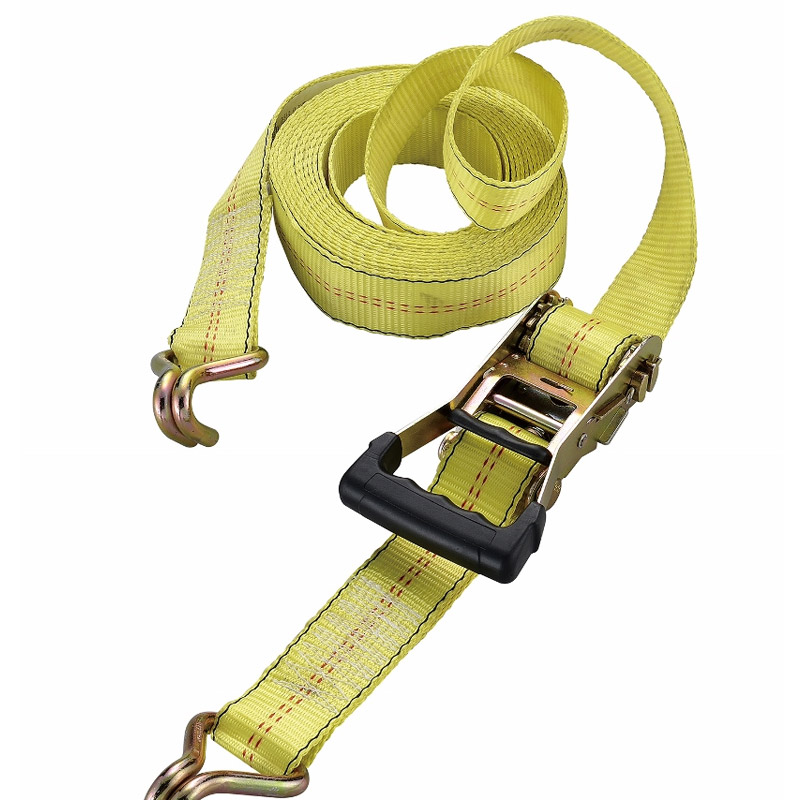Exploring the Benefits and Applications of Bracing Steel in Structural Engineering
Understanding Bracing Steel An Essential Element in Modern Construction
Bracing steel is an integral component in the construction industry, primarily utilized to enhance the stability and strength of structural frameworks. As buildings grow taller and more complex, the role of bracing systems becomes increasingly critical. This article delves into the significance of bracing steel, its types, applications, and the benefits it offers in modern architecture and engineering.
What is Bracing Steel?
Bracing steel refers to structural steel elements that are strategically placed within a framework to resist lateral forces and provide additional support. These forces can arise from various sources, including wind loads, seismic activity, and the weight of the building itself. The primary purpose of bracing is to stabilize structures against these external pressures and prevent deformation or collapse.
Types of Bracing Systems
Several types of bracing systems are commonly used in construction, each tailored to specific structural requirements. The most notable include
1. Cross Bracing This involves two diagonal members that intersect to form an X shape within a frame. Cross bracing effectively distributes forces and enhances the overall rigidity of the structure.
2. K Bracing Similar to cross bracing, K bracing uses a series of diagonal members that create a K shape. This design allows for more efficient use of materials while providing adequate support.
3. Chevron Bracing Chevron bracing features diagonal members arranged in a V-shape. This system is particularly effective at dissipating energy during seismic events.
4. Braced Frames These are structural frames that incorporate various forms of bracing to enhance stability. Braced frames are commonly found in high-rise buildings and industrial structures.
5. Partial or Full Moment-Resisting Frames While not traditional bracing systems, moment-resisting frames use rigid connections to resist rotational forces. They are often used in conjunction with bracing systems for added stability.
Applications of Bracing Steel
Bracing steel is utilized in various construction projects, from residential buildings to skyscrapers and bridges. Its applications include
bracing steel

- High-rise Buildings In tall structures, bracing systems mitigate the sway caused by wind and seismic activities. This ensures occupant safety and maintains structural integrity.
- Industrial Facilities Warehouses and factories often employ bracing systems to support heavy loads and withstand environmental forces.
- Bridges Bracing steel is essential in bridge construction to ensure that the structure remains stable under dynamic loads from vehicles and pedestrians.
- Retrofit Projects Older buildings often undergo retrofitting to meet current code requirements. Adding bracing systems can significantly enhance the seismic performance of such structures.
Benefits of Bracing Steel
The incorporation of bracing steel within a structure comes with numerous advantages
1. Enhanced Stability Bracing systems provide the necessary support to withstand lateral forces, thereby increasing the stability and safety of the building.
2. Material Efficiency By distributing loads effectively, bracing systems allow for the optimization of material use, reducing wastage and construction costs.
3. Seismic Performance In earthquake-prone regions, bracing steel improves a building's performance during seismic events, protecting both lives and property.
4. Versatility Bracing systems can be adapted to various architectural designs and can be integrated seamlessly into existing structures, making them a versatile choice for engineers and architects.
5. Aesthetic Appeal Modern design trends often incorporate exposed bracing as a stylistic element, adding an industrial aesthetic to buildings while serving a functional purpose.
Conclusion
Bracing steel is a cornerstone of modern construction practices, crucial for ensuring the safety, stability, and longevity of structures. As technology and engineering techniques continue to evolve, so too will the applications and innovations surrounding bracing systems. Understanding and implementing effective bracing solutions will remain essential for architects, engineers, and builders, allowing them to create resilient structures that stand the test of time. In an era where urban landscapes are continually transforming, the role of bracing steel will undoubtedly become more prominent in the quest for safer and more sustainable buildings.
-
Weatherproof Plastic Expansion Anchors for OutdoorNyheterJun.06,2025
-
Sustainability in the Supply Chain: Eco-Friendly TEK Screws ProductionNyheterJun.06,2025
-
Load-Bearing Capacity of External Insulation FixingsNyheterJun.06,2025
-
Double Head Bolts: Enhancing Efficiency in Industrial MachineryNyheterJun.06,2025
-
Corrosion Resistance in Chipboard Screws: Coatings for Wholesale DurabilityNyheterJun.06,2025
-
Butterfly Toggle Bolts : Enhancing Structural ResilienceNyheterJun.06,2025
